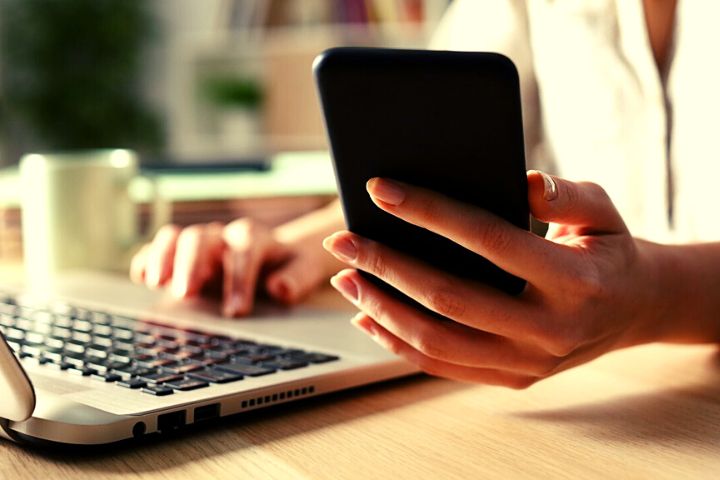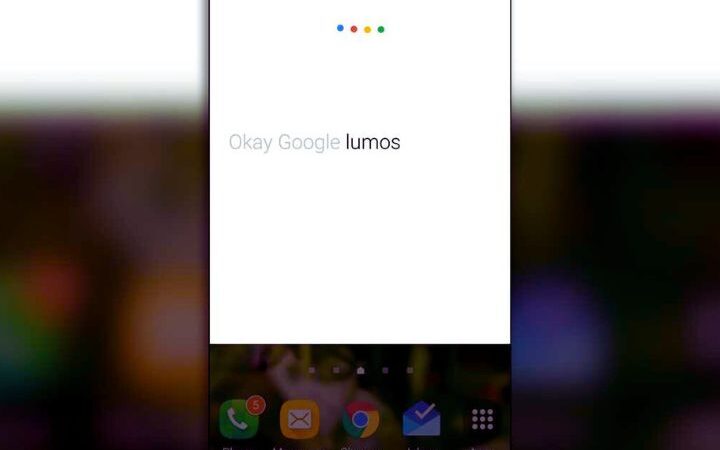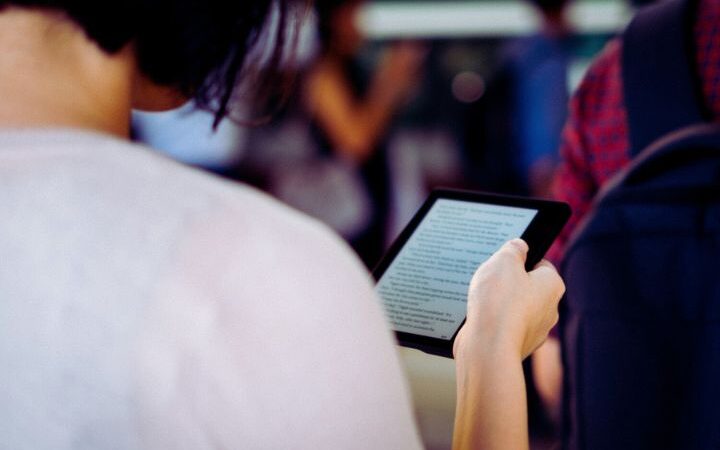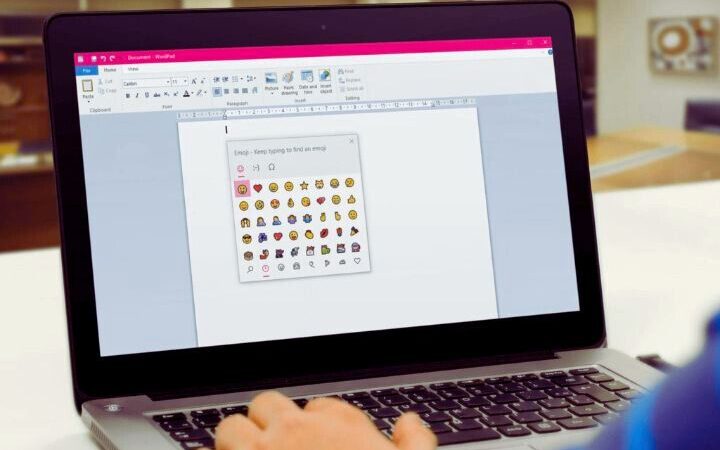Send The Photos From Your Mobile To The PC

Send The Photos From Your Mobile To The PC : One of the sections of the mobile phones that most users use most commonly is the photographic. If a few years ago we were satisfied with taking some moderately decent photos, now we can, and want, to get almost professional captures. Now, our phones have a limited memory so we are going to teach you how to pass the photos from the mobile to the computer on both iOS and Android.
And, although we can store the captures that we make in a micro SD card so that it does not affect the memory of the device, not all phones allow you to expand your memory, not to mention the fact that it is more comfortable to see them from our PC or laptop, so knowing how to send photos from the mobile to the PC from any smartphone is basic. Let’s look at the different ways to do it.
Table of Contents
How To Do It From Android
If you have an Android device and want to know how to pass the captures from the mobile to the computer, it is time for you to know that the process is much simpler than you had imagined. To begin with, each manufacturer has its own software to synchronize the terminal to the computer and be able to pass the images. But, we will talk about universal tricks with which you will be as short as possible transferring your photos from the phone to the PC.
To a Windows computer
If you want to use the software of your mobile, you just have to connect the smartphone to the computer and install the software of the manufacturer. Anyway this method we do not recommend since in the Android universe it is very common to change brands so you will end up with the computer full of different programs that you do not use.
In addition, we must bear in mind that the drivers can affect the ADB so sooner rather than later you will have to delete all the software if you want to root on your mobile. For this reason we recommend two methods: connect your phone directly to your computer or use a cloud service.
If you prefer to use a cable to transfer the images from the smartphone to the computer the procedure is really simple; when you connect your Android smartphone to the PC, a message will appear on the phone’s screen. Although you can slightly vary the design depending on the model and the version of the operating system, the same options.
In this case, you must choose Transfer Files. Yes, there is a way to transfer photos, but in this option it fails sometimes so we recommend you select Transfer Files to pass the images from the mobile to the computer. The image that heads these lines shows you how it will look on your phone. You can slightly change the design, but the important thing is that you do not use other options to pass the snapshots from the terminal to the computer.
Once this option is chosen, the computer will detect your smartphone as if it were an external hard drive. Now you just have to enter and look for the DCIM folder, which is the one that will contain the images, to the computer.
If your Android smartphone has a built-in micro SD card, you will see that two hard drives appear. Depending on how you have configured the phone, some photos will be saved in the SD memory and others, such as the bursts that you make with the smartphone camera, in the memory of the device. The best thing in this case is to look for the DCIM folder of both the internal memory and the microSD so that you do not miss any photographs.
Finally, you can use a cloud service to pass the images from your mobile to your computer. In this case we recommend you to use Google Photos, since it is a service that comes as standard on most Android devices and that will synchronize your captures so that, when opening the application from any computer you can download the photographs without problems. If you do not have the app on your Android phone, we leave you the following link for you to download it from the app store:
Move them from Android to Mac
This is the most complicated case of all, at least before the developer community created the Android File Transfer Mac app. This app detects your phone as a hard drive when it connects to your Mac. Then, you only have to worry about locating the DCIM folder in the smartphone’s memory. Once we click on it, we can transfer all the images to the computer.
Of course, depending on the amount of internal memory occupied, it is quite likely that your Apple computer takes a long time to show all the files.
From An iPhone
If you have an Apple phone you will know that these devices do not have a micro SD card slot, so you will not be able to directly pass the photos you have taken with your mobile to the computer from this accessory. But, don’t worry, you don’t have to panic, as the way to do it will be easier than you think. In some cases we will not even need to use even the Lightning cable of the iPhone.
From iPhone to PC
Whether you have a Windows PC or laptop or a Mac, you can move the images from your mobile to your computer quickly and easily. Let’s look at the available ways.
iCloud is a service for users of Apple devices that allows you to store in the cloud all the snapshots and videos that we have made Automatically the captures that you have made are uploaded to the Apple cloud so, if you want to pass the captures from the iPhone to the computer, you just have to enter the iCloud website , enter your username and password and search for the Photos application to download the images you want on your computer. In this way, we will avoid having to connect the mobile to the PC to transfer all the multimedia files we want.
And not only this, you can also use any cloud service, such as Google Photos or Dropbox (but remember that in all these cases there are gigabyte limitations, and if you want to increase the size of the save, we will have to pay a subscription).
Simply turn on syncing from Settings > Photos > Turn on camera uploads. In this way, we can send the snapshots of the smartphone to the computer. On the other hand, although before it was more cumbersome, now Apple has made things much easier so that we do not suffer for not knowing how to pass the images from the mobile to the computer. Don’t want to mess with external apps? Then you will have to connect the iPhone through the USB port of the computer. You’ll see a new device appear on My Computer that will be called ‘iPhone’ or ‘[your name’s iPhone]’. Finally, you have to select the device and look for a folder called DCIM to be able to pass the captures from the phone to the computer.
Send them to a Mac
The same happens if you have a Mac since, when connecting the iPhone with the Lightning cable you will see that the Photos application of the computer already detects all the captures that you have made with your iPhone to be able to pass them to the Mac without major problems. So we will not even have to install Finder or iTunes to transfer the different images from our phone to the Apple computer.
Is It Possible To Do It Without Cables?
It is clear that it is not only possible to perform this action with the help of the cloud services that exist today. For example, one of the most comfortable methods to pass photos from the mobile to the computer without cables and without having to worry about the version of the operating system you are using is to bet on an application, either Android or iOS, that facilitates this action. We are talking about an app compatible with both Windows and Mac computers. In this way, we can pass the images from the phone to the PC as quickly as possible.
To do this, you only need your PC and phone to be connected to the same Wi-Fi network. Once this is done, we will have to download for Android the application called ‘WiFi File Transfer’. In the event that we have an iPhone, we must opt for the ‘WiFi+Transfer’ app. In addition, you will do everything through this connection, so you will not need much more.
And as much as they have to be paired to the same network, the truth is that at no time will it be necessary for them to have Internet access. This means that the transfer will work perfectly even when we do not have this type of connectivity. Once inside both, we must give a series of permissions. Especially the gallery of our smartphone, it will be something fundamental so that we can select those contents that we want to send to the computer. Then, we must select the device to which we want to make the transfer and wait for the shipment to be finished.






